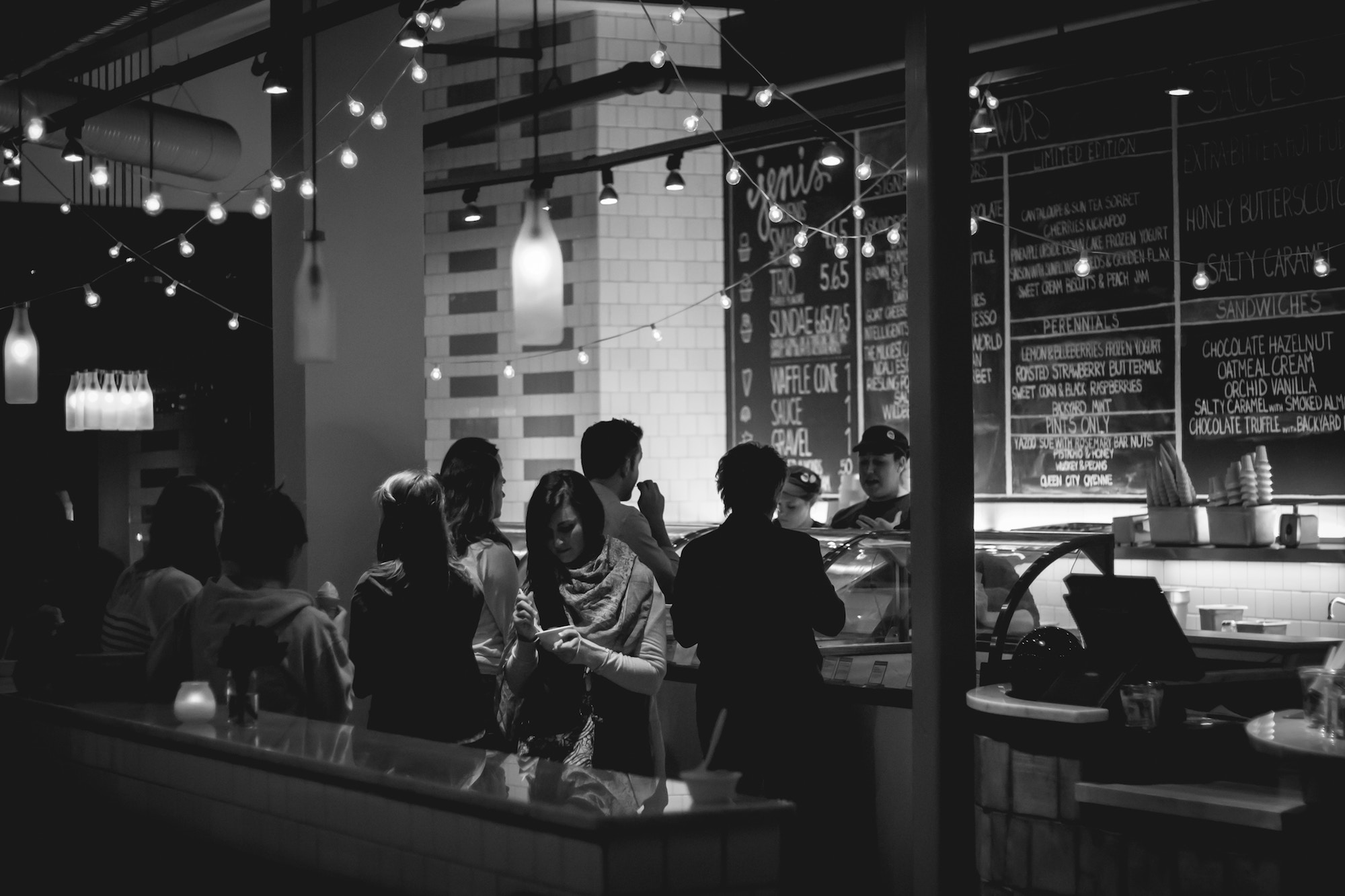 Loyal customers are key to business success. Reaching them costs far less than marketing to new customers (who can cost up to 25 times more). As fans, they mention and promote your brand in an authentic way. And social proof in the form of happy customers is still one of the most powerful tools a business can wield.
Loyal customers are key to business success. Reaching them costs far less than marketing to new customers (who can cost up to 25 times more). As fans, they mention and promote your brand in an authentic way. And social proof in the form of happy customers is still one of the most powerful tools a business can wield.
For restaurants, repeat customers are even more important. Restaurants have a history of applying creative loyalty tactics to get existing customer relationships to the next level. But just because a loyalty tactic is common doesn’t mean it’s effective. Many strategies just don’t work. Either they never worked well in the first place or they’ve become obsolete in the digital age. Let’s take a look at which strategies need an upgrade and which should be tossed out entirely.
1. Punch cards
Punch cards were once a novel tactic for restaurant customer loyalty. They were interesting and encouraged the consumer to keep coming back for that reward. From the restaurant’s side, punch cards functioned as a physical reminder that customer carried with them. But times have changed.
With dozens of coupons and promotions accessible by phone, paper punch cards have become outdated. They’re easy to lose. There’s no immediate reward. The satisfaction of getting a little stamp can’t compete with a discount, free side, or buy-one, get-one offer.
Worse, there’s no way to collect data with punch cards. Today businesses understand that gathering data on your customers is essential for growth. Measuring consumer behavior lets you customize to provide customers with the best possible experience so they’ll keep coming back. But paper punch cards are easy to lose, often aren’t redeemed, and can’t be tracked back to their purchases. Toss punch cards in favor of online promotions or even a punch card app.
{{cta(‘e563dfe5-e87b-41f8-a743-06ef9dd884ed’)}}
2. Inefficient Rewards System
Rewards programs are a mixed bag. Some work well, but others are a mess. Today’s customers are very likely to participate in some form of rewards program, with 72 percent of US adults participating in at least one loyalty program. Customers who take part in a loyalty program also view your business more highly, share their good experiences with others and are willing to pay higher prices.
But setting up an effective rewards program requires work. Several reward systems have fatal flaws that limit the number of consumers who will participate. The most common mistakes are:
- No incentive to sign up
- Too difficult to sign up
- Rewards are unclear
- Consumer progress is unclear
- Too generic
When signing up for a rewards program, 80 percent of consumers expect instant discounts. But many reward systems don’t offer any reward to sign up and the sign-up process is often time-consuming. Once consumers are in the system, the benefits of the program may not be clear. Consumers should know when they’ll receive rewards and be able to refer to this information online. Not allowing consumers to check their progress also reduces the effectiveness of a rewards program.
Most rewards programs are also generic. Every customer gets the same reward for the same amount of purchases or number of visits. With all the automated systems available, it’s easy to customize the customer experience, but old-fashioned reward programs fail to do so. Even personalization as simple as a birthday discount helps customers feel more valued.
3. Lackluster Social Media Use
While it’s true that everyone’s on social media these days, simply having an account isn’t an effective way to generate restaurant customer loyalty. Having inactive accounts or listing outdated information can even hurt your image and deter customers from visiting.
Instead, you need to commit to using the social media platforms best for your restaurant. After choosing your ideal platforms, you can encourage users to tag or “check-in” to your restaurant and post photos during their meal–two easy ways to increase engagement on your accounts.
In the end, social media is about the “social.” It’s an easy way to engage with your customers in a casual setting, strengthen existing loyalty to your restaurant, and impress new visitors.
4. Non-Segmented Email Lists
Email lists are an excellent way to stay in touch with customers. You can use your list to share promotions, new menu offerings, and holiday specials. But if you send the same email to everyone on your list, you’re wasting potential.
Sticking to a generic email list puts you on the fast route to a dead list. A list of people who don’t even open your emails wastes your money and can damage your domain reputation, especially if users make spam complaints.
Instead, you should segment your list or place customers into groups. You can organize these segments by buyer’s journey stage, purchasing habits, demographics, or preferences. Don’t just give users a single unsubscribe option. Let them share their preference for email frequency or content.
To improve your restaurant customer loyalty, don’t just follow the crowd. Stay away from punch cards and basic reward systems, and instead opt for a smart digital option.
An increasingly popular option is Wi-Fi marketing, which can collect customer information at a Wi-Fi landing page, track visits, and present all the data to you in a clearly understandable format. Don’t keep using the same old tactics to boost customer loyalty at your restaurant. Keep your eyes and ears option for new strategies and upgrades to keep your business moving forward.
{{cta(‘d5ad287e-74b8-4be2-98d3-5dc8052ecc40’)}}




.svg)